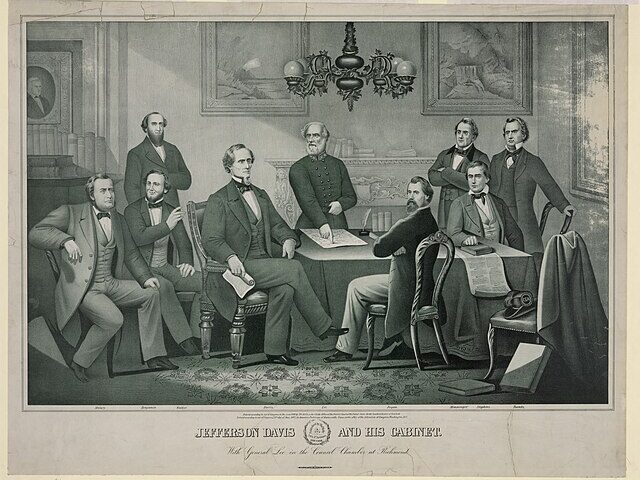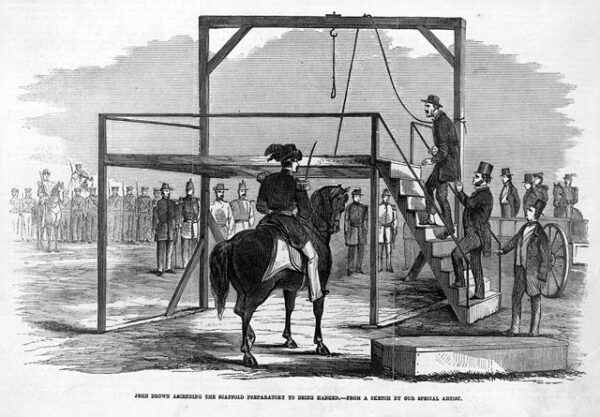On July 12, 1862, during the heart of the Civil War, Congress authorized the Medal of Honor for the United States Army a few months following its initial creation for outstanding acts of bravery and heroism among sailors in the Navy by President Lincoln. The highest and most prestigious military decoration awarded by the United States government, the medal has become a symbol of courage, selflessness, and valor.
The design of the medal features a five-pointed star suspended from a bar with the inscription “Valor” and a wreath of laurel leaves. Over 3,400 Medals of Honor have been awarded to members of the armed services during the past century and a half or so since its inception.
Throughout its history, the Medal of Honor has been bestowed upon individuals who have demonstrated extraordinary acts of valor in combat. Recipients have distinguished themselves by risking their own lives to save others, showing exceptional bravery in the face of the enemy, or making significant contributions to the success of a military operation. The President of the United States awards the medal on behalf of Congress, and often presents the medal during solemn ceremonies attended by military officials and the recipient’s family.
“The first recipients of the Medal of Honor were the men known collectively as Andrews’ Raiders, who led a daring military mission behind Confederate lines to steal a train, escape north in order to destroy rail lines supplying the Confederate Army. The twenty-two soldiers and one civilian who participated in the “Great Locomotive Chase” were led by civilian James J. Andrews. Six raiders received the Medal of Honor on March 25, 1863. The other thirteen received the medal later; Andrews, a civilian, did not qualify for it,” writes the Department of Veterans Affairs.
“In all, the government presented 1,523 Medals of Honor to recipients who served during Civil War, more than any other period in history. The number does not include medals awarded to the 27th Maine, then rescinded. Of the 1,523 Medals of Honor, 1,198 were to soldiers and 324 were to sailors or marines. Twenty-five Medals of Honor were awarded to African-American soldiers, the first being Sergeant William H. Carney of the 54th Massachusetts Colored Infantry. One went to Dr. Mary Walker, who remains the only female recipient, and who was also a civilian. The most recent medal was delivered in 2014 to Lieutenant Alonzo H. Cushing, killed at Gettysburg.”
Over the years that followed the Civil War, the criteria for receiving the Medal of Honor have evolved. Originally, the medal could only be awarded for acts of valor in combat. However, the standards were expanded to include non-combat actions that demonstrated great heroism or meritorious service. The Medal of Honor can now be awarded to members of the armed forces from all branches, including the Army, Navy, Air Force, Marines, and Coast Guard.
The impact of the Medal of Honor extends beyond the individual recipients. It serves as a symbol of the nation’s gratitude and a reminder of the sacrifices made by those who serve in the military. The stories of Medal of Honor recipients are often shared to inspire others and uphold the ideals of courage, sacrifice, and duty. The medal itself holds immense significance, and its recipients are held in high esteem by their fellow service members and the American public.
Today, the Medal of Honor continues to be awarded to those who demonstrate exceptional bravery and selflessness in the face of adversity. It remains a symbol of the highest honor and recognition bestowed upon members of the United States military. Through its long and storied history, the Medal of Honor has become an enduring testament to the courage and sacrifice of America’s heroes.






